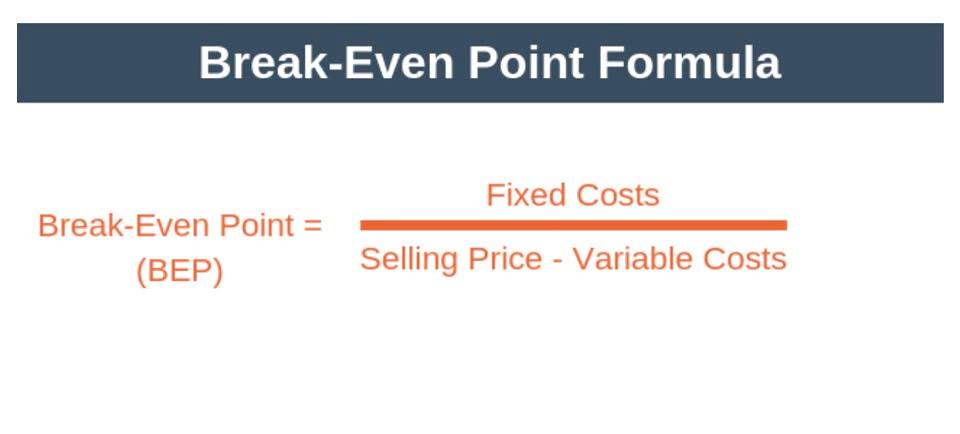
Colfax Market is a small corner grocery store that carries a variety of staple items such as meat, milk, eggs, bread, and so on. As a smaller grocery store, Colfax does not offer the variety of products found in a larger supermarket or chain. To start modeling your finances and effectively operate your business, import your bookkeeping and accounting into Baremetrics. You want a system of bookkeeping that is manageable, especially when you do it in house. By using T accounts and a general ledger, you have simple, generally foolproof record keeping systems in place.
They can be found drawn on a scrap piece of paper to templates made in accounting software. A T-account is a visual way of displaying a set of financial records that use double-entry bookkeeping. It is called a T-account because of the structural way that the report looks like T. You notice there are already figures in Accounts Payable, and the new record is placed directly underneath the January 5 record.
Create a Free Account and Ask Any Financial Question
T-accounts extend beyond basic ledger entries, encompassing a wide array of financial records, including assets, liabilities, equity, revenues, and expenses. A T-account is an informal term for a set of financial records that uses double-entry bookkeeping. t accounts The term describes the appearance of the bookkeeping entries. T-accounts are used to track individual account balances and transactions, while trial balance summaries are used to ensure the overall accuracy of a company’s financial records.
- This is posted to the Cash T-account on the credit side beneath the January 18 transaction.
- When we introduced debits and credits, you learned about the usefulness of T-accounts as a graphic representation of any account in the general ledger.
- With Deskera you can effortlessly manage and oversee your invoices, credit notes, business expenses, financial reports all in one place.
- And if you’re new to the accounting world and have little knowledge in finance, T accounts can be especially useful in working through complex financial transactions.
- It all comes down to the safety afforded by double-entry accounting.
Your profit & loss organises your revenue and expense accounts whilst your balance sheet organises your asset, liability and equity accounts. A single transaction will have impacts across all reports due to the way debits and credits work. So grasping these basics helps you delve into these reports and understand the financial story they tell. The major components of the balance sheet—assets, liabilities and shareholders’ equity (SE)—can be reflected in a T-account after any financial transaction occurs.
Get Your Question Answered by a Financial Professional
A journal is often referred to as the book of original entry because it is the place the information originally enters into the system. A journal keeps a historical account of all recordable transactions with which the company has engaged. In other words, a journal is similar to a diary for a business. When you enter information into a journal, we say you are journalizing the entry. Journaling the entry is the second step in the accounting cycle. Well organized T accounts are the first step in the bookkeeping and accounting process.

On February 15th, the company XYZ invoices a client for $600 worth of service. The payment terms of the invoice call for payment to be received in the following 20 days. Company XYZ provides and collects $4,000 worth of repair services. Before diving into why T accounts are used in accounting, let’s kick things off with some basic accounting definitions you’ll need to knw to properly understand how T accounts work.
How a T-Account Appears in Income Statement Accounts
This is posted to the Cash T-account on the credit side beneath the January 14 transaction. Accounts Payable has a debit of $3,500 (payment in full for the Jan. 5 purchase). You notice there is already a credit in Accounts Payable, and the new record is placed directly across from the January 5 record. In the last column of the Cash ledger account is the running balance. This shows where the account stands after each transaction, as well as the final balance in the account. How do we know on which side, debit or credit, to input each of these balances?